FIELD NOTE:
debris: the long road to ruin
September 26, 2025
After we created Shatter, we knew exactly what had to come next: Debris. From day one, it felt like the peak of what we wanted to offer. The raw clutter of ruined worlds, shrunk down and made usable for dioramas and builds of any kind.
The earliest prototypes were… rough. We started with shaker bottles, mixing powders, scraps, and fragments together. On paper it worked. In practice? Not so much. Application always felt clumsy, and the results sat flat and lifeless on the scene.
From there, the grind began. We tested fibers. We tested powders. We tested every kind of filler we could think of to suspend the mix and make application smoother. Some of it worked mechanically, but none of it looked right. The fibers that held the mix together left behind a fuzzy, fluffy texture that broke immersion. The powders gave coverage but killed depth. Everything either showed up too much or not enough.
What we needed was a suspension system that would disappear, something that held the ingredients in place for application, then vanished once cured.
Dozens of failed batches later, we found it. A new balance of ingredients that suspends the mix, locks it down when adhesive is applied, and then melts invisibly into the build. Augmelt™ was born.
Debris became our longest development cycle yet, but the result speaks for itself: a consistent, scalable material that feels alive in miniature. And the best part? The R&D that went into Augmelt is the foundation for innovations that will shape future AMFX products.
[metro01] The First Drop
Every launch has to start somewhere, and for Debris it’s [metro01]. Think of it as the flagship flavor, an urban core of litter, grit, and broken-down clutter designed to feel instantly familiar. [metro01] captures the throwaway culture of city streets, shrunk to scale but still carrying all the weight of its full-size counterpart.
But Debris was never meant to be just one mix. Even while [metro01] was being refined, we were already experimenting…dare we say storyboarding…other variations. Each version explores a different environment, mood, or narrative: residential, industrial, medieval, maybe even sci-fi. The possibilities are endless because every scene has its own kind of debris, its own leftovers of disaster.
The idea isn’t just to build products. It’s to give builders a palette of ruins they can pull from, whether they’re recreating a World War II battlefield, a neon-lit alley, or something in between. [metro01] is only the beginning.
